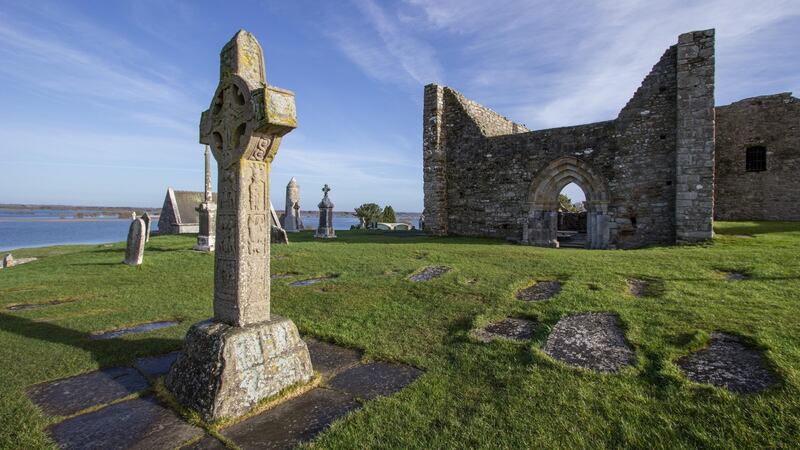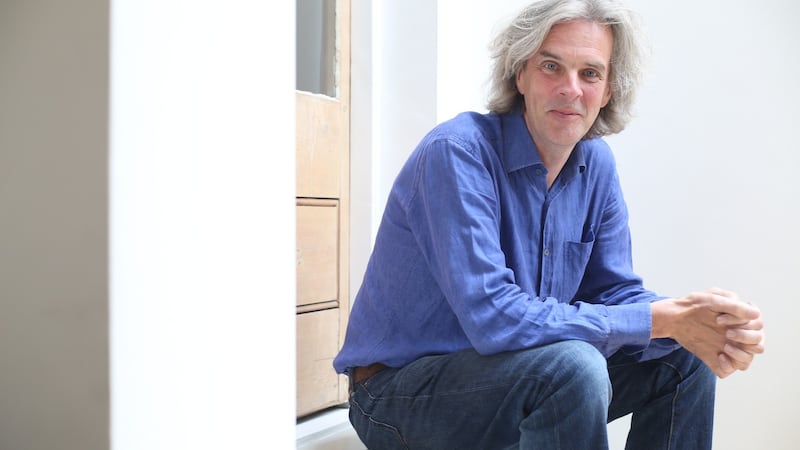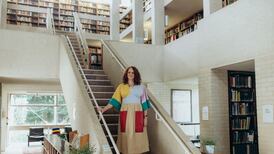Growing up Catholic in Liverpool in the 1970s convinced me that Christianity in England was profoundly Irish. With the benefit of hindsight, I now see that the younger me had come to the right conclusion but for tribal rather than historical reasons.
Almost everyone at my primary and secondary schools had Irish surnames, or cousins on the other side of the Irish Sea, or Irish roots. Some were very recent and some – like mine – stretched back generations to the 1850s. The particular make-up of my cohort was hugely influential when it came to understanding the history of faith in England, as was the still potent legacy in my home city of the vicious religious sectarianism of the first half of the 20th century. It left little room for nuance or facts, and plenty for the distorted lens of the rivalry and antipathy between denominations that too often disfigures organised religion.
In my mother’s childhood in the city in the 1930s, schoolchildren from neighbouring Catholic and non-Catholic schools had thrown insults and stones at each other. For my generation, thankfully, it no longer came to blows, but there was still a fierce religious partisanship that would have made stepping inside a Protestant church – the word Anglican was never used – a kind of betrayal.
The same spirit shaped how we saw the history of faith as a kind of competition. In this narrative English Catholics had been robbed of their Church by the Reformation, but were now making a comeback thanks to the vast waves of Irish Catholic immigration of the 19th and 20th centuries. We regularly prayed that “Mary’s Dowry” – England – would be returned to the Holy, Catholic and Apostolic Church.
The decades that have followed – decades of ever-greater ecumenical endeavour but also of decline in institutional religion across the board – have taught me that the history of faith in these islands is a much more complicated story. What really brought that home has been spending the last couple of years researching and writing a book that tells it through 20 buildings – one per century.
There were, very likely, Christians in both England and Ireland in Roman times. In the case of England they came in the wake of colonisation, though were not allowed to worship publicly, while in Ireland they were found in the ranks of traders who came by sea along the routes that linked our shared corner of north-west Europe with the imperial riches of the Mediterranean.
Once the Romans left Britannia (as they called England and Wales) around 410, chaos ensued and the fledgling church there all but collapsed. What rekindled the flickering flames were two very different influences: the first a mission sent by Pope Gregory the Great under Augustine that landed in Kent in 597 and began converting or reconverting the pagan Anglo-Saxon rulers of southern and eastern England; and the second a flood of missionaries from Ireland, of whom the best known was Columba, who crossed to Iona in 563 bringing the faith to the peoples of Scotland, and later northern England down into the Midlands kingdom of Mercia whose boundaries at times stretched west into Wales and southwards towards London.

But Columba was just one among many, as I learnt when I spent time at Clonmacnoise, on the banks of the Shannon. Of my collection of 20, it is my chosen sixth-century church building. Founded by St Ciarán around 548, it was a powerhouse in the training and sending out of missionaries to all corners and Ireland and then Europe. They took with them wherever they went a distinctive type of Christianity, grounded in nature, fiercely independent, concerned with communities not hierarchies, rich in craftsmanship and imbued with learning and listening.
Columba – Colmcille – had spent time at Clonmacnoise with Ciarán’s successor, before heading off to Scotland. Other missionaries who made similar journeys from there left their mark not just on the north of England and especially on Wales, but on the whole of English Christianity to this day. The wider history of the relationship between England and Ireland over 2000 years has all too often been of the first imposing its will on the second. But in the matter of the character of English Christianity, the direction of traffic was, for the first millennium at least, the other way round.
And part of the essence of that remains. So though I may not have known why in my Liverpool childhood, I was right in believing that English Christianity to be, in some ways, deeply Irish. Or, as we prefer to put it today, deeply Celtic, though this can be a misleading word, since it has come to encapsulate a whole mish-mash of beliefs, some Christian, some pre-Christian, some invented.
In 664, in conventional accounts of the landmark gathering at the Synod of Whitby, that free-spirited Irish influence that had come into Britain from the west and made Lindisfarne in particular a beacon for Europe was rejected in favour of the structured, rules-based, carefully calibrated Roman variety of Christianity that had arrived in the south from Augustine and had an appetite for political as well as spiritual power. But the truth is much more complex. The enduring influence of the monks who came from or via Clonmacnoise continued to be felt in England in liturgy, in language, in some forms monastic life, in scholarship and in a certain type of ingrained independence when it came to the demands of the global church based in Rome that might even have fed into the Reformation.

Those tumultuous decades of change in the 16th and 17th centuries saw that Irish and Catholic influence disparaged, demonised and all but buried, but it never quite went away. By the time of my childhood it was flourishing again. Liverpool's Catholic Cathedral, opened in the 1960s and known locally as Paddy's Wigwam, is the final one of my 20 churches. The modernity that it still symbolises in its design, not least with priests and people gathered inside in the round in a joint missionary endeavour that reaches out of its doors into its community, is also very old. It goes all the way back to the Ireland of Ciarán and Clonmacnoise. It has only taken me five decades to realise it.
If These Stones Could Talk: The History of Christianity in Britain and Ireland Through Twenty Buildings is published by Hodder on October 14th












